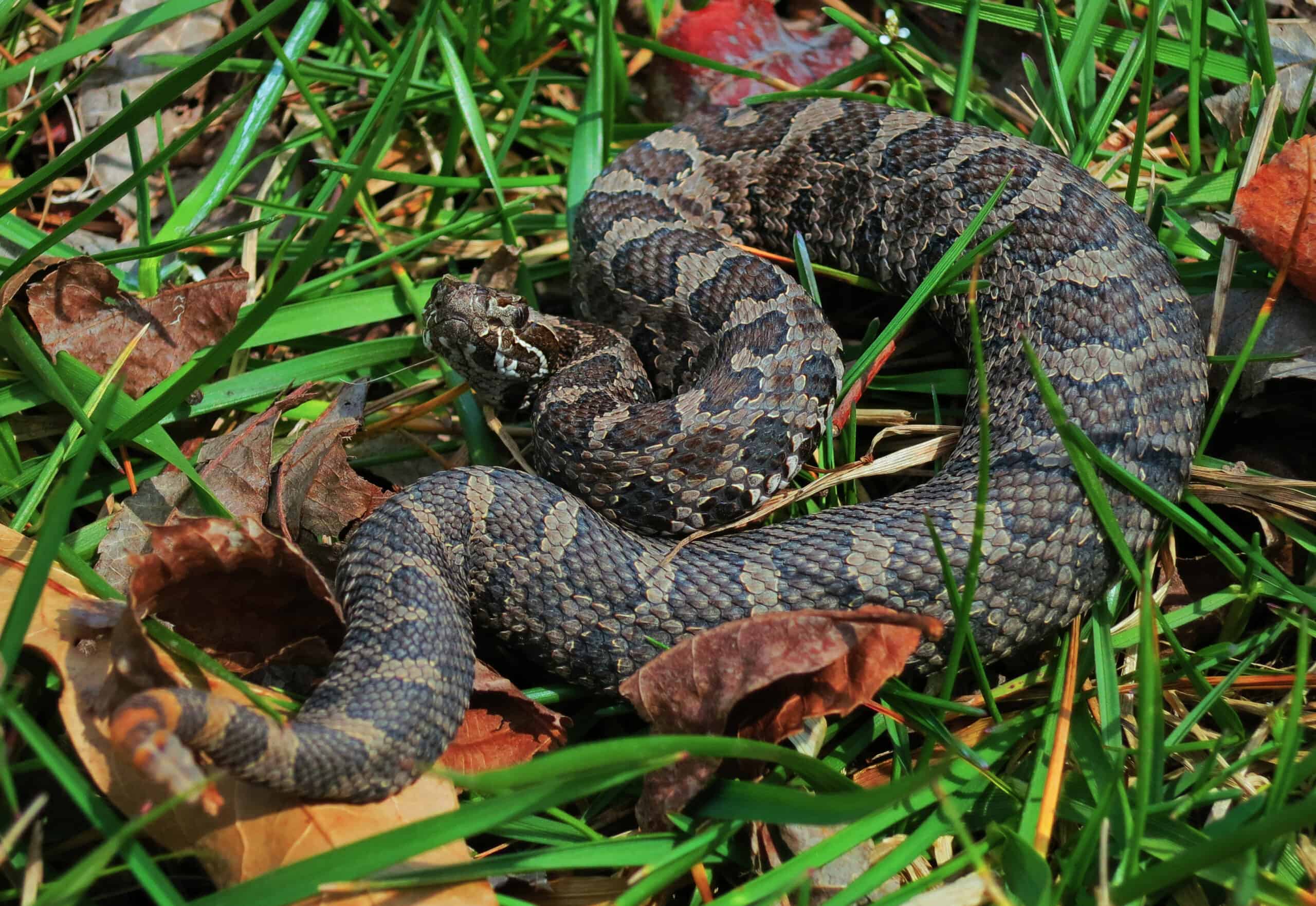Share this article
Wildlife Featured in this article
- massasauga rattlensake
What’s the best way to translocate snakes?
Researchers examined dozens of studies to find the best strategies
Jonathan Choquette has been interested in reptiles since long before he first began to work with massasauga rattlesnakes around Windsor, Ontario. Low numbers and habitat fragmentation have prompted the massasauga population there to be listed as endangered under the Canadian Species at Risk Act.
Some wildlife managers attempted to boost their numbers in the past, but outcomes of these movements was either unknown or unsuccessful. Choquette wanted to try again. But first, he decided he had to learn as much as he could about why snake translocations succeed or fail.
“It’s an important starting point,” said Choquette, a PhD candidate at Laurentian University in Sudbury, Ontario.
For a study published recently in Conservation Biology, Choquette and his colleagues reviewed all of the studies published on snake translocations they could find that were written in English. In all, they found 120 studies that occurred over the past half-century discussing the outcomes of 130 snake translocations.
They chose to focus on the past 50 years as researchers began using radiotelemetry to track snakes in the early 1970s—an important technological development for determining survival, site fidelity after release, and home range size. But the researchers also examined studies that used the more traditional mark-recapture technique.
The team identified 15 different techniques they suspected were associated with success or failure—seven of which were correlated with success.
Programs with the highest chance of success involved researchers releasing juvenile snakes rather than adults; releasing snakes in groups rather than individually; releasing captive bred snakes; releasing snakes temporarily into outdoor pens; providing enrichment or social housing for captive-reared snakes before release; and minimizing the distance wild-caught snakes were translocated.
One technique actually seemed to ensure a higher chance of failure than success. Releasing snakes early in the active season—or around the time they would typically emerge from hibernation—seemed to negatively affect the success of the translocation.
Choquette speculated that this may be due to the snakes being more susceptible to predation during this period. The weather is also still more variable at this time, meaning cold nights and slower, sluggish snakes. If snakes newly introduced to some areas are unfamiliar with warm hiding places, they may not be able to find safety as well as others who already live in the area.
These findings provide empirical evidence for how best to conduct any future translocations of massasauga rattlesnakes (Sistrurus catenatus)—something that Choquette hopes to do one day.
“We should probably be aiming at summer time,” he said, adding that focusing on the other factors that have led to successful translocations will also be useful.
Future research would be needed to fine-tune the best strategy for translocations, he added. For example, research could help inform researchers whether to release one-year-old juveniles versus two-year-old juveniles. And there are bound to be some differences in any translocation circumstances between species, he said.
Choquette said that very few translocations had controlled experiments or comparative groups. Others had very small sample sizes. Future research can hopefully address some of these shortcomings to improve the efficacy of snake translocations in general.
Header Image: An Eastern Massasauga Rattlesnake (Sistrurus catenatus catenatus). Credit: Peter Paplanus








